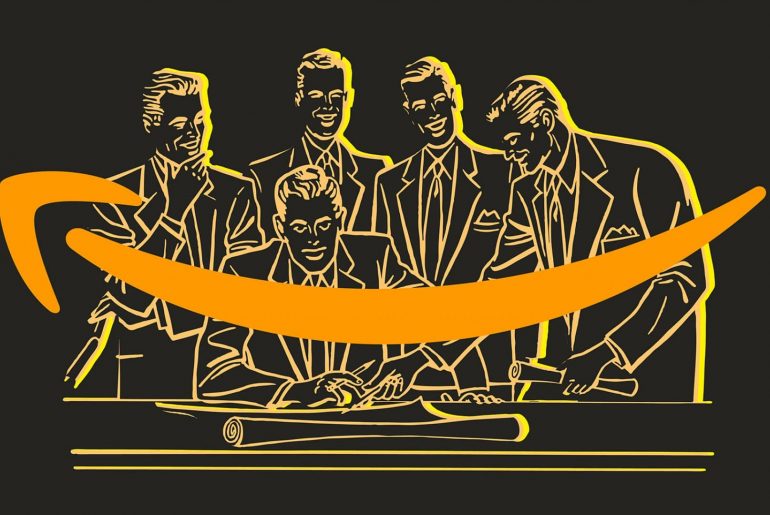By Soren Kaplan
Amazon’s unique approach to innovation helps teams “work backwards” to create breakthroughs
The best business strategies focus on meeting and exceeding customer needs and expectations. This means envisioning customer problems as well as ideal solutions to those problems before actually developing a product or service–and this is exactly how Amazon innovates.
Amazon’s secret to innovation is the focus of a new book, Working Backwards by Colin Bryar and Bill Carr, two former Amazon executives who started working in the company in the late 1990s. As noted in the book, Amazon’s “working backwards” process includes four steps:
Step 1: Define the customer problem or pain point
Start by determining what the customer problem is that you’re trying to solve. If you don’t know what that customer problem is, then you won’t be able to build a meaningful solution. Identify customer pains that are not going away and are persistent and repetitive, like how many aggravating clicks it takes to purchase a product.
Remember that if you have a clear idea of the problem you are trying to solve, you will be better able to develop a working prototype or minimum viable product (MVP) quickly. If you focus on the wrong problem, the product won’t be viable when it reaches the masses.
Step 2: Define the ideal product solution
After defining the right customer pain point and problem, brainstorm and describe the ideal solution or product that will help. Remember that the right solution may require bringing on new staff members or individuals with different skill sets and ideas. Don’t allow this to be a barrier or a constraint; rather, look at it as an opportunity to grow your business more quickly.
Focus on what would be the ideal product solution from your customer’s point of view and then act on that. The book shares that this is the same way that Amazon developed Amazon Web Services (AWS), by engaging and empathizing with target customers more closely and helping to establish entirely new business categories that didn’t exist before.
Step 3: Work backwards from the ideal customer experience
In this step, you assess and define the ideal customer experience, and then identify challenges or issues associated with making your new product or service a reality that achieves the experience. During this stage, it is very important to be as detailed as possible to identify the technical, financial, legal, partnership, and other hurdles you’ll have to overcome to bring this ideal product to life.
Step 4: Refine and repeat previous steps
Continue to iterate and operate using “sprints” that focus on short-term milestones. The perfect product, service, or customer experience usually doesn’t occur on the first try. As the authors wrote, all of Amazon’s most successful products required iteration over the course of many months, and sometimes years.
Most of us have heard about the age-old idea that we should “start with the end in mind.” That’s exactly what working backwards is all about. But it’s also more than that. Yes, you need a vision of what you want to achieve. But you also need the tactical tools and approaches to get you there. When you focus on the customer in everything you do, innovation moves from an ambiguous concept into a concrete way to change the world.
Feature Image Credit: Photo: Getty Images. Illustration: Inc. Magazine


